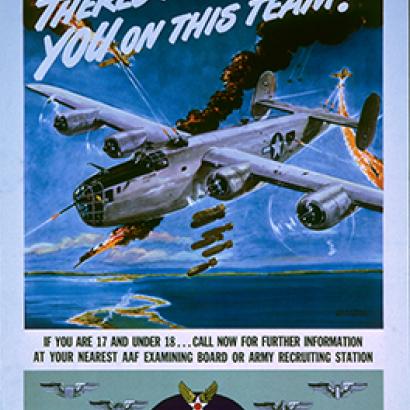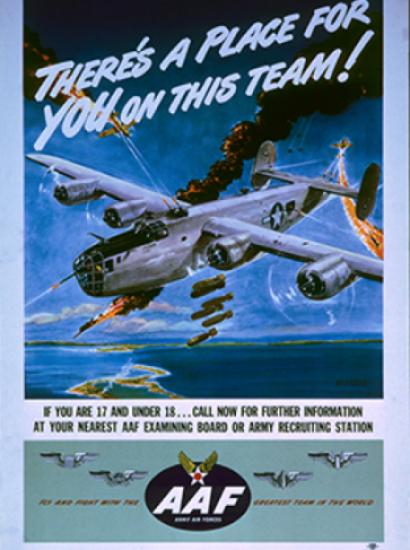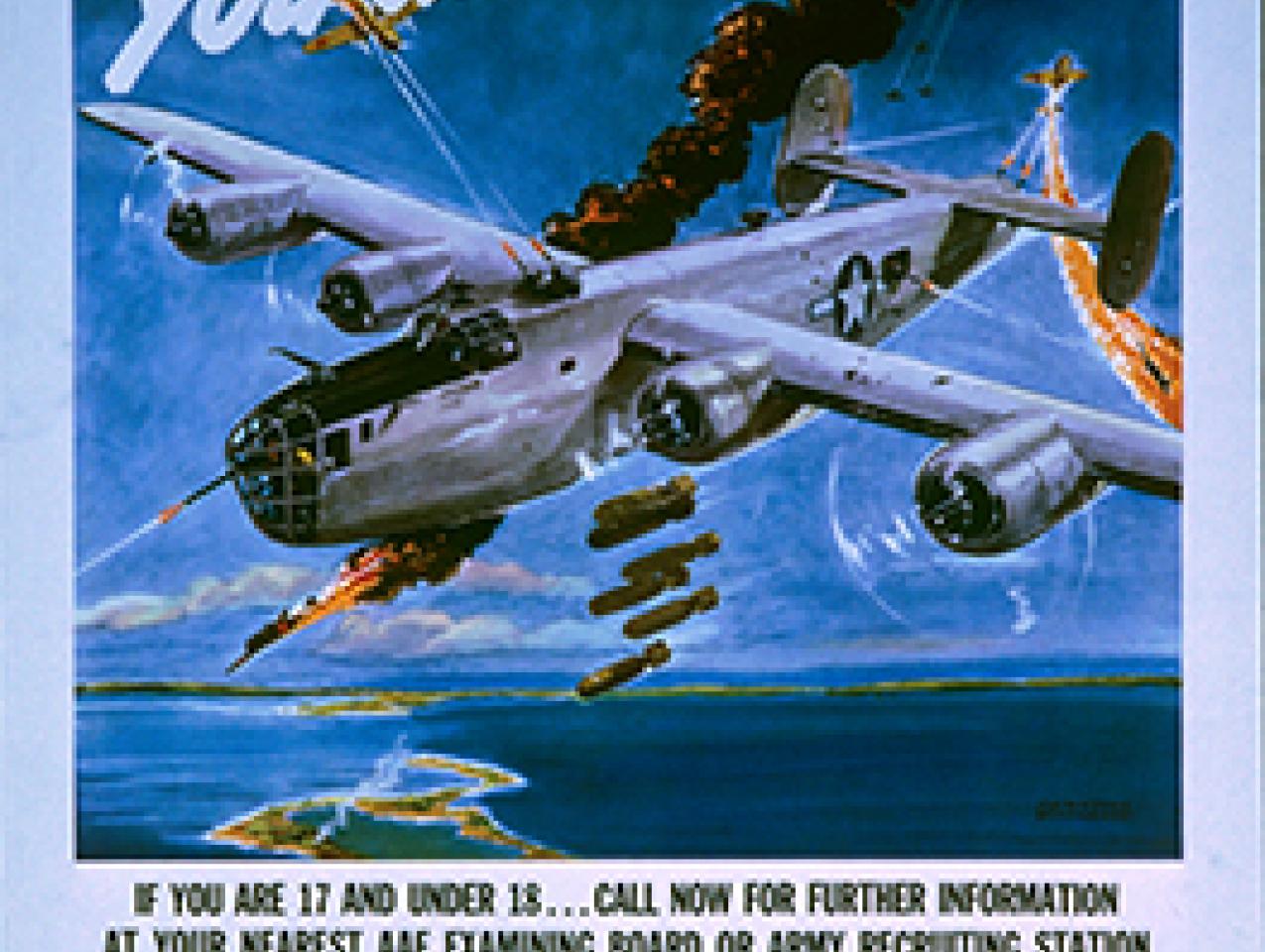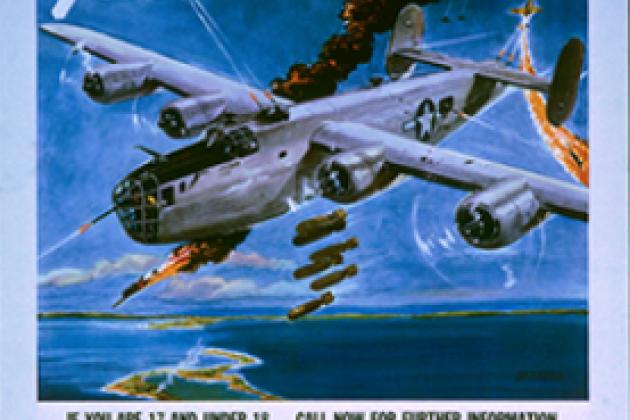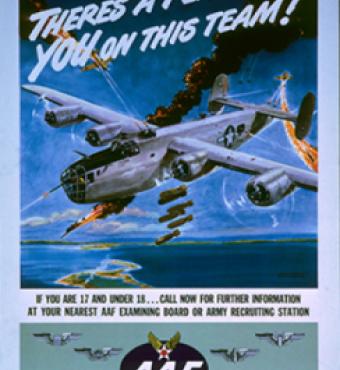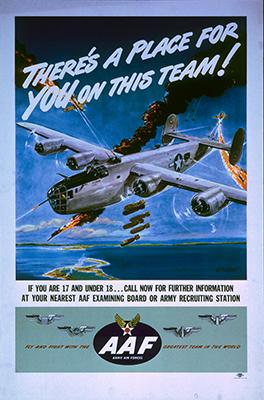- History
- Military
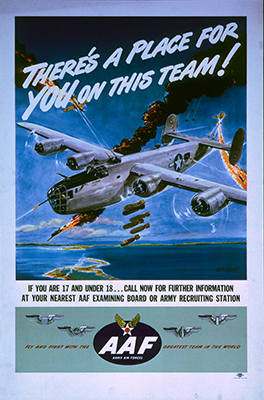
The naval and air bases that Japan established at Rabaul on the eastern edge of New Britain Island in 1942 became the leading edge of its resistance to America’s return to the Western Pacific. Five hundred miles from the nearest Australian air base and supported by nearby Japanese naval and air power, Rabaul almost prevented America’s power, projected as it was from across the Pacific, from gaining a toehold in Guadalcanal, on the easternmost edge of the Solomon Islands. That notwithstanding, Rabaul continued to dominate the Southwest Pacific.
Ending that domination and opening access to the region required moving up the Solomon Islands chain. This was laborious and costly. The Russell Islands had to be captured and an airbase established there. Thence, in August 1943, the U.S. captured the New Georgia Island Group, with an airfield from which the bombing of Rabaul could begin. But serious pressure had to wait until November, after the Marines had captured yet another island, Bouganville. Only then did the Japanese withdraw offensive forces. With Rabaul neutralized, U.S. forces were able to move more easily up the New Guinea-Borneo chain and prepare to reconquer the Philippines.
Memory of Rabaul’s importance to Japan as a forward base covered by forces to the west and defying American power projected from California, as well as of the price that America had to pay to neutralize it, leads serious military planners in our time to consider what it would take for America to neutralize the bases that China has established on the South China Sea’s artificial islands.
These bases are much better supported from the rear than was Rabaul, and serve the same purpose as it did: to help deny access to forces projected from across the world’s biggest ocean.
Modern technology is on the side of these unsinkable super-carriers. From their location, modern sensors and land-based aircraft dominate Southeast Asia to the east as well as the Philippines and beyond into America’s access routes to the Western Pacific. The bases themselves are supplied from—as well as covered by sensors and aircraft—from China’s south coast. Already today, as a practical matter, navigation of the South China Sea happens only by China’s leave. Even absent full-scale war, how would one assert the right to navigate the world’s most important maritime highway in the face of China’s objection?
In case of war, dealing with these bases other than by nuclear-tipped ballistic missiles might require reconquering, and certainly would require defending, U.S. bases in the Philippines—including against Chinese ballistic missiles. The U.S. government is not planning for this.
The history of Rabaul, August 1943, reminds Americans of the military price of overcoming bases established to block our access to the Western Pacific.







